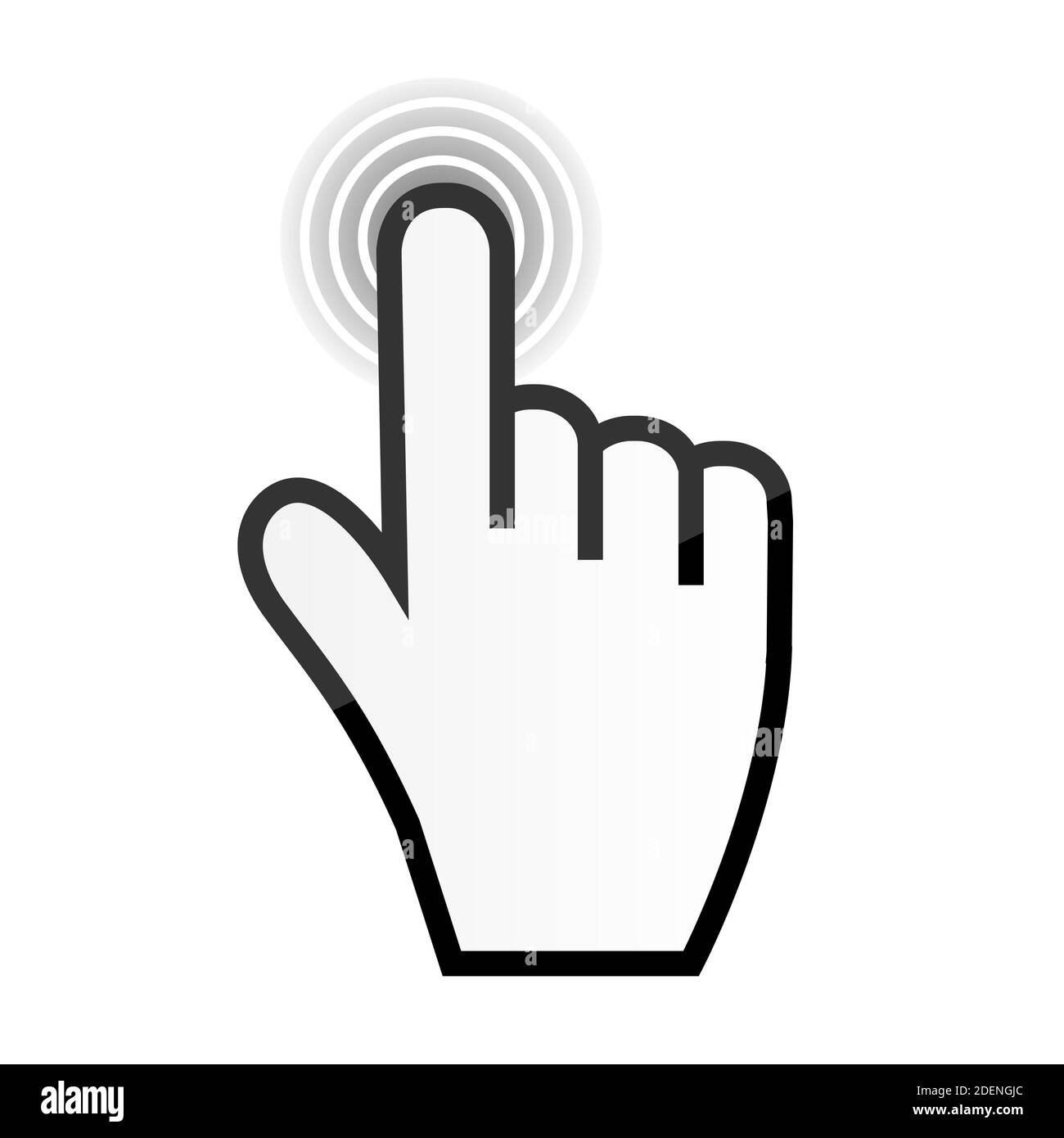

I wondered (as a designer, not a user!) why it didn’t have the pointer. I noticed that clicking a label would set focus to the text box. Years ago, I was creating a form (my favourite thing to do by the way). The third and most important mistake was that none of this was driven by user needs - at least not to my knowledge. The second mistake was that we took away the one remaining signifier that tells users that they’re different. The first mistake was that we took consistency too far by making links and buttons look the same. And now we (or perhaps just me) have a bit of a debate going on. This one, however, blurred the lines between links and buttons.

Other sites started doing the same thing.

Inevitably, we normalised the cursor too. Around this time, we noticed that some buttons had the default cursor and some links-styled-as-buttons had the pointer. So links and buttons started to look (but not behave) the same. And for links, we’d do the same thing by nesting an inside the link (calls to action). In the old days, we didn’t style them because we couldn’t style them.īack then the way to give buttons an “on brand” style was to use setting the src to an image URL. But now, browsers let you override the default styling with CSS. Today, the default styling for buttons still matches the OS. That’s why the original convention changed and browser vendors standardised it accordingly. Because of this they were given the pointer cursor, to give users an extra clue that this wasn’t just highlighted text. Links were new and special - but they had weak affordance. But, when the web came along that meaning changed. In those days, underlines were an alternative way to highlight words (like bold and italic). Links, however, were signified by being blue and underlined. And to top it of, they use the same styles as the OS, making them consistent. Also notice how buttons and links look very different. Notice how the all the browser buttons are styled exactly the same as the search button within the page. Mosaic’s buttons (both in-page and part of the shell) look the same and have strong perceived affordance. With the history somewhat laid out, why then, did we (designers, developers but not browsers!) start using the pointer for buttons? And was there a user need? If the pointer does mean clickable, then the cursor should always be a pointer, rendering its meaning useless. As I explained in the first part, pretty much everything is clickable: text, whitespace, images, form controls, buttons, and links. If you clicked anywhere that didn’t have the pointer cursor, nothing happened. In the context of HyperCard, the pointer cursor really did mean clickable. Some people think the convention has (or should be) changed back to its original meaning. That’s the first time the convention changed as far as I know. When the Internet came along, Mosaic used the pointer cursor just for links. It was used to signify things you can click. It firs t appeared in Apple’s HyperCard in 1987.
In response to part one, Mark Griffiths explained the history behind the pointer cursor. However, there were some important things I didn’t address: why did we start using the pointer cursor in the first place? Are conventions on the Web different to the OS? Have things changed? How does all of this affect users? The history of the pointer cursor In Buttons shouldn’t have a hand cursor I explained that the hand (or pointer) cursor doesn’t mean clickable and that it’s meant to signify a link.


 0 kommentar(er)
0 kommentar(er)
